The great pretenders: Lifting the lid on food impostors
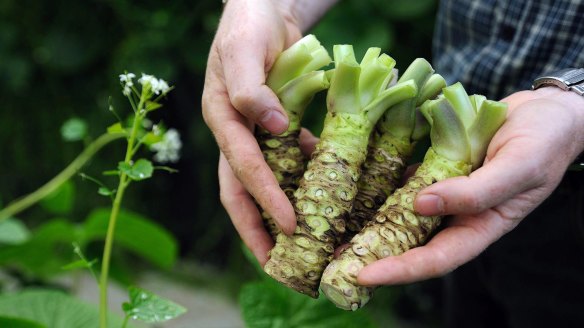
- What are crabsticks made of?
- Taste metal? You're not nuts: you may have pine mouth
- Ten of the weirdest additives in food
- Food fraud: Popular oregano brands selling adulterated products
For dedicated home cooks devoted to cooking from scratch, knowing what goes into your food is often a point of pride. Blending spices by hand, sourcing specialty ingredients and sidestepping shortcuts – it's a labour of love no processed packet food can hope to replicate.
But peer a little deeper into your pantry and you might find a few ingredients aren't quite what they seem. We're not talking about nasty additives or creepy-crawly stowaways.
We mean labels that say one thing but actually mean another; product names that can be easily confused with something pricier or more difficult to ship or store.
"Anything that's very expensive … there will be knock-offs and there will be people trying to do it cheaply," says Syd Weddell, the managing director of gourmet providore The Essential Ingredient.
While a few of these "impostors" have a rightful place in the kitchen, Weddell believes it's always best to know what you're buying and cooking with – and to go for the best quality possible.
"You need to talk to the providore or retailer," Weddell says. "Good retailers will have a good knowledge of [their products]. You can't expect to get that knowledge from a supermarket because they won't know. But if you talk to a specialty retailer as to their recommendations ... the quality of the ingredients and the intensity and complexity of the flavours is what you're looking for."
Here are a few common food copycats you might find in your pantry.
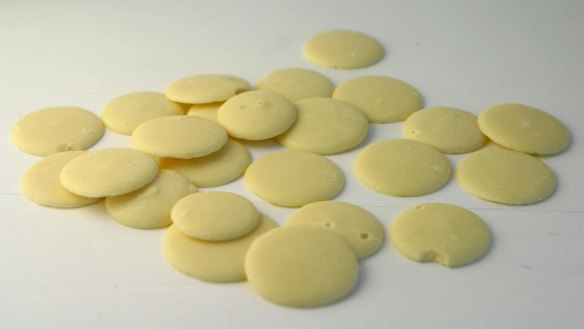
White chocolate
Ah, the taste of childhood. Fun, creamy and oh so sweet, the fairest member of the chocolate family is technically speaking not actually a chocolate at all. Yes, it's often lumped on the same shelf as its milk and dark brethren but from a purist perspective (and despite what the label says) "white chocolate" is actually a chocolate derivative. That's because it doesn't contain cocoa mass – hence its pale complexion. "It obviously has fat in it that will make it in the same form as chocolate but it doesn't have the cocoa that is going to make it into a milk or a dark," Weddell says.
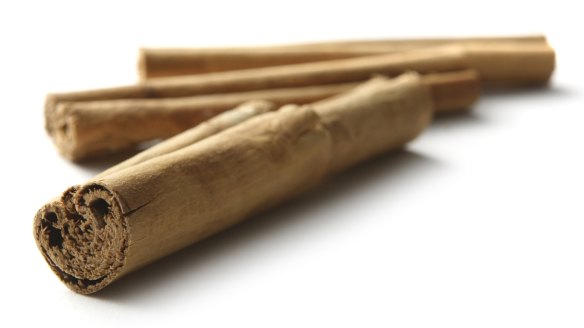
Cinnamon
A spice is a spice, right? Well, not always. Especially when it comes to cinnamon. Two types of cinnamon are typically for sale – and if you want the real deal, go for sweet, delicate scrolls of Ceylon cinnamon, which is native to Sri Lanka, and was once more valuable than gold. "It must be fresh," Weddell says. "It's best not bought in the ground form but in the whole form as a cinnamon quill ... so that you grind them to use." The alternative, cassia (or Cinnamomum cassia), has thicker bark that has a spicier, more pungent flavour.
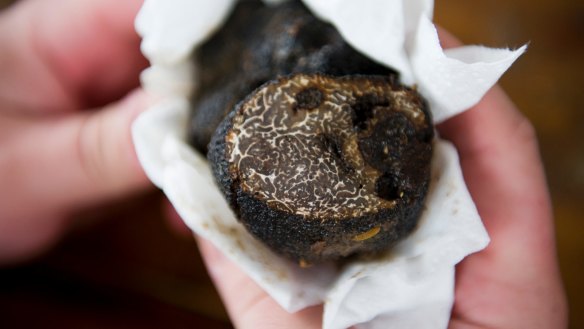
Truffle oil
Spoiler alert: There's usually no truffle in truffle oil. Well, sometimes you'll find a sliver or two in the bottle, but that's typically added as a decorative flourish. In reality the pungency comes from a synthetic flavouring that reproduces the character of truffle. Why? For starters, fresh truffles are slow and difficult to grow. Then, once harvested, their shelf life is fleeting. "The aroma of truffle is very volatile," Weddell says. "It's here for a moment then gone. When you have a fresh truffle of course the aroma is wonderfully intoxicating but to try and harness and preserve it is extremely difficult." So does truffle oil have a place? Yes, according to Weddell – in strict moderation. "It's the sort of seasoning you'd use very sparingly," he says. "It's never meant to be a primary flavour like you would put shavings of truffles over a pasta. Just a couple of splashes of truffle oil in a fish pie, for example – you'd never know it's being used."
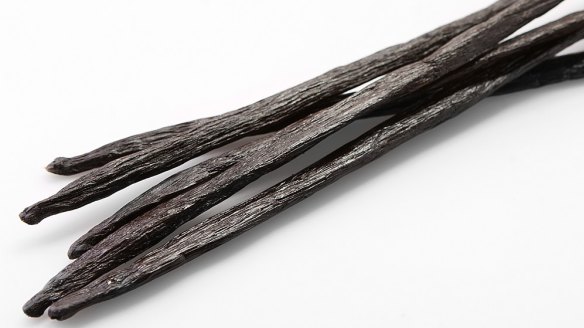
Vanilla
Scraping microscopic seeds from a vanilla pod isn't every cook's idea of fun, but what's the alternative? The cheapest option is usually imitation vanilla essence – a pungent alcoholic solution made with synthetic vanillin. In Weddell's books, however, vanilla "is such a characteristic ingredient in desserts and pastries that you just never want to substitute it". Natural vanilla paste or vanilla extract, available as a syrup with or without seeds, are handy alternatives to real pods, which are susceptible to mould and require special handling after harvesting to cure and dry properly. If you want to go straight to the source, look for beans that are "robust and juicy and full of oil but not water".
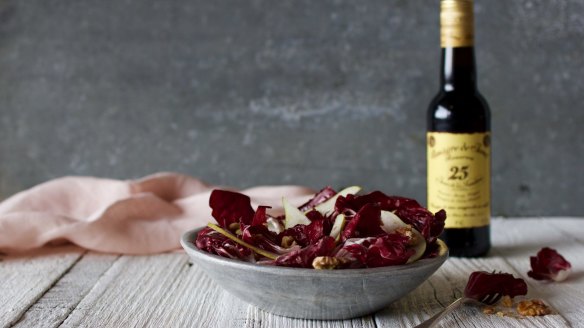
Balsamic vinegar
"If you hold a 'balsamic vinegar' up to the light and see a very thick residue sitting on the bottom you can be assured it's not balsamic vinegar," Weddell says. Chances are you're looking at red wine vinegar with molasses added to it. The real thing is made in Italy and matured over many years in a variety of wooden barrels until it's sweet, complex and woody. "Balsamic vinegar is made in a very particular way," Weddell says. "People are using the word as a description of a product but in fact it's a technique. You either have the real McCoy or you don't."
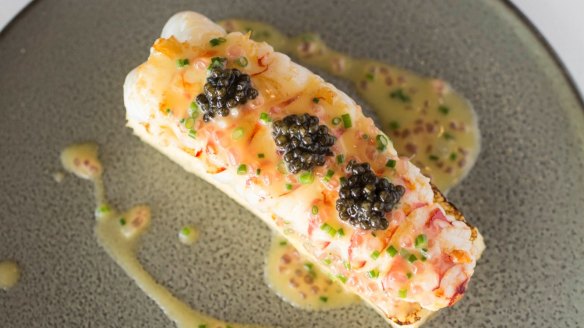
Caviar
If you want to get finicky, true caviar is the preserved eggs of sturgeon fish (such as beluga or sevruga) and comes from the Caspian and Black seas. Well, until the sturgeon became overfished and everyone realised it's better to leave them alone. That means the "caviar" we eat today is more than likely roe from other fish. That includes lumpfish and whitefish roe, which is dyed black to look like sturgeon eggs, and red salmon roe. Fish roe can still make fine eating, Weddell says, but over the past few decades diners have turned their attention away from luxury "status" ingredients such as caviar and towards chefs' techniques any way. "We're thinking differently," he says.
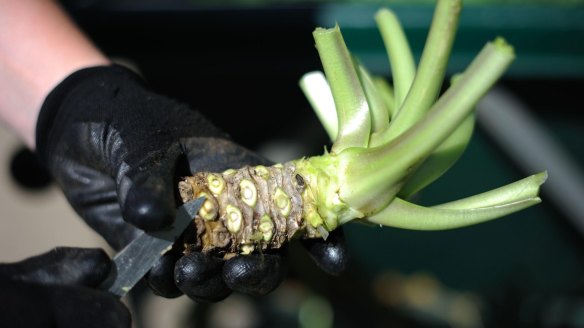
Wasabi
Don't be fooled by the label. Just because it says "wasabi" doesn't mean it is the genuine article. Unless you're forking out for a high-end meal, chances are that dollop of fiery green paste next to your nigiri is a cheaper substitute made with horseradish, mustard, starch, colouring and other additives. If you're after true Japanese wasabi, check with your waiter or look for the words Wasabia japonica on the label. The flavour of real wasabi can be described as earthier or more herbal than horseradish, and although the two plants taste similar the former lacks the harsh punch of the latter. Whichever you choose, don't go too crazy – for the sake of your palate and to avoid insulting your chef.
